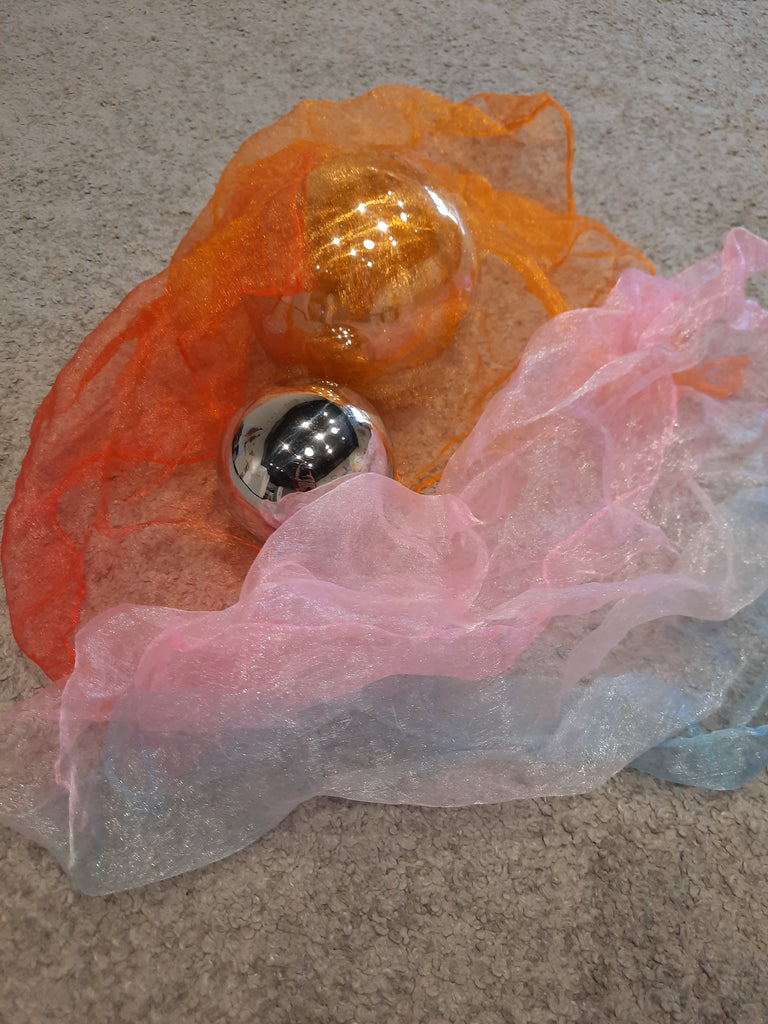What Is A Prepared Environment?

A Prepared Environment - we hear this term used to describe an optimal learning environment for infants and children, but what does it actually mean?
Maria Montessori described the prepared environment in this way, “The first aim of the prepared environment is, as far as it is possible, to render the growing child independent of the adult.” A Montessori classroom will be structured in a way that everything has a purpose and a place. Everything is designed to be open and accessible. The prepared environment invites curiosity and the freedom to choose an activity.
In the Reggio Emilia philosophy, the environment is the "third teacher" in addition to the parent and the teacher. The environment will be aesthetically and thoughtfully arranged to foster creative exploration while encouraging interaction and communication.
What is common to both these philosophies and the design of the learning environment is the learning is active, individually paced and tailored to the interests and needs of each child.
At Chorus and Clouds our teachers take special care and attention to create a safe and pleasant environment where all children in the room can choose what they want to learn and how they want to play. Our furniture is sturdy and child-sized so even the youngest members of the group can begin to move in and out of chairs on their own and decide when and for how long they might want to sit at an art table. In our play-based classes from Little Wonders to Explorer's Lab there will be several thoughtfully designed discovery centres set up for children to explore in their own way. These might be coloured blocks on the light table, dolls in a bubble bath, or pinecones, rocks and wooden animals arranged on the carpet.
So what does this mean for you at home?
You create the environment in which you child lives and learns, whether that is a room dedicated to their learning materials and play or a corner of your kitchen. Let's take a look at what that environment can consist of:
- Is there freedom of movement and choice - meaning is the environment safe to the point where your child can move around and explore independently? Do they have choices about what to play with and learn from?
- Is the environment aesthetically pleasing - are the play materials beautiful to look at? Is it visually overwhelming? Is it too noisy or is there soft music playing? Are the materials pleasant to touch and the right size for the child?
- Are the materials open-ended so the child can interact with them at an appropriate developmental level, whatever that may be for the individual child.
- Are the materials accessible to the child? Can they reach them on their own? Get them out of the container or off the shelf?
This could look like:
- a basket holding different sizes and shapes of balls and multiple sizes of containers to put the balls in
- a set of building blocks and a set of people figures arranged on a shelf the child can reach
- a metal mixing bowl containing 2 shakers and a wooden spoon to create music
You definitely do not need special materials at home. Very simple toys and other objects can provide a wonderfully stimulating learning environment for a child of any age. By arranging the materials or toys in a thoughtful way, imagining them from your child's perspective, you can create an environment that will stimulate learning and creativity.
Some ideas to get you started:
For additional ideas involving open ended play please visit this blog post about Loose Parts Play
Contributed by Shauna Farrell
